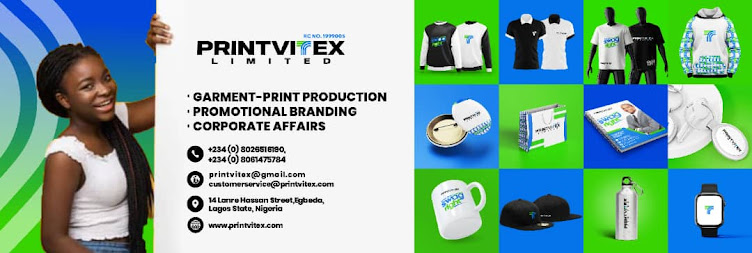Promotional merchandise, often regarded as the hidden gem of marketing, holds the power to captivate, engage, and leave an indelible mark on your audience. Yet, beneath the surface of seemingly simple giveaways lies a world of strategy and potential. In this article, we will explore what every promotional merchandise customer should know to make informed decisions and achieve maximum ROI on their marketing investments.
- Understand Your Brand Objectives: It's essential to have a clear understanding of your brand's objectives. What message do you want to convey? Who is your target audience? What are your marketing goals? Defining these aspects will help you choose the right promotional products that align with your brand identity and resonate with your audience.
- Quality Matters: The quality of promotional merchandise reflects directly on your brand. High-quality items not only leave a positive impression but also have a longer lifespan, ensuring your brand remains in the recipient's consciousness for an extended period. Ensure that the merchandise you choose is durable, functional, and visually appealing.
- Budgeting Wisely: Establishing a budget is crucial when planning your promotional merchandise campaign. Determine how much you can allocate for these items, and work within that budget. Many suppliers offer a range of products at different price points, making it easier to find options that align with your financial constraints.
- Choose Relevance Over Quantity: It's easy to be tempted by the idea of distributing a vast quantity of promotional merchandise. However, it's often more effective to focus on the relevance of the items. Consider the preferences and needs of your target audience. A smaller number of well-targeted, useful items can have a more significant impact than a large quantity of generic products.
- Seek Eco-Friendly Options: In today's environmentally conscious world, sustainable and eco-friendly promotional merchandise is gaining popularity. Consider choosing products made from recycled materials, biodegradable items, or products with minimal environmental impact. This not only aligns with responsible business practices but also resonates with eco-conscious consumers.
- Work with a Reputable Supplier: The supplier you choose can make or break your promotional merchandise campaign. Partner with a reputable supplier who offers a wide range of products, provides customization options, and has a track record of delivering quality merchandise on time.
- Customization and Branding: Personalization is key to making promotional merchandise truly effective. Ensure that your supplier can customize the items with your logo, brand colors, and messaging. A well-branded product reinforces brand recognition and increases the chances of recipients becoming loyal customers.
- Distribution Strategy: Consider how and when you will distribute your promotional merchandise. Will it be at trade shows, events, as part of a direct mail campaign, or through online giveaways? Your distribution strategy should align with your campaign goals and reach your target audience effectively.
Bottomline:
Promotional merchandise is a powerful marketing tool that can leave a lasting impact on your audience. By understanding your brand objectives, choosing high-quality and relevant items, budgeting wisely, and partnering with a reputable supplier, you can unlock the full potential of promotional merchandise. Remember that the key to success lies in aligning these items with your brand's identity and ensuring they resonate with your target audience. With careful planning and execution, promotional merchandise can drive brand visibility, customer engagement, and ultimately, business growth.











